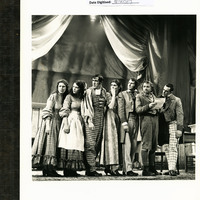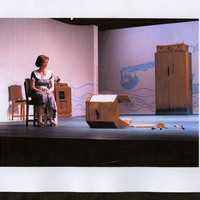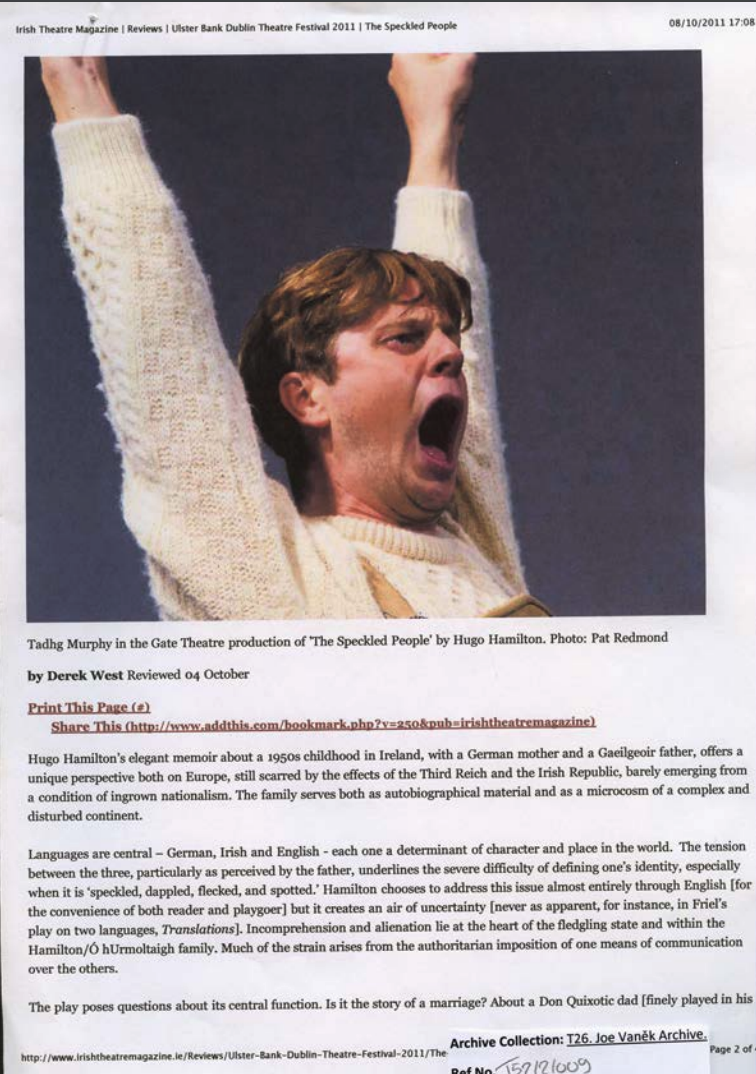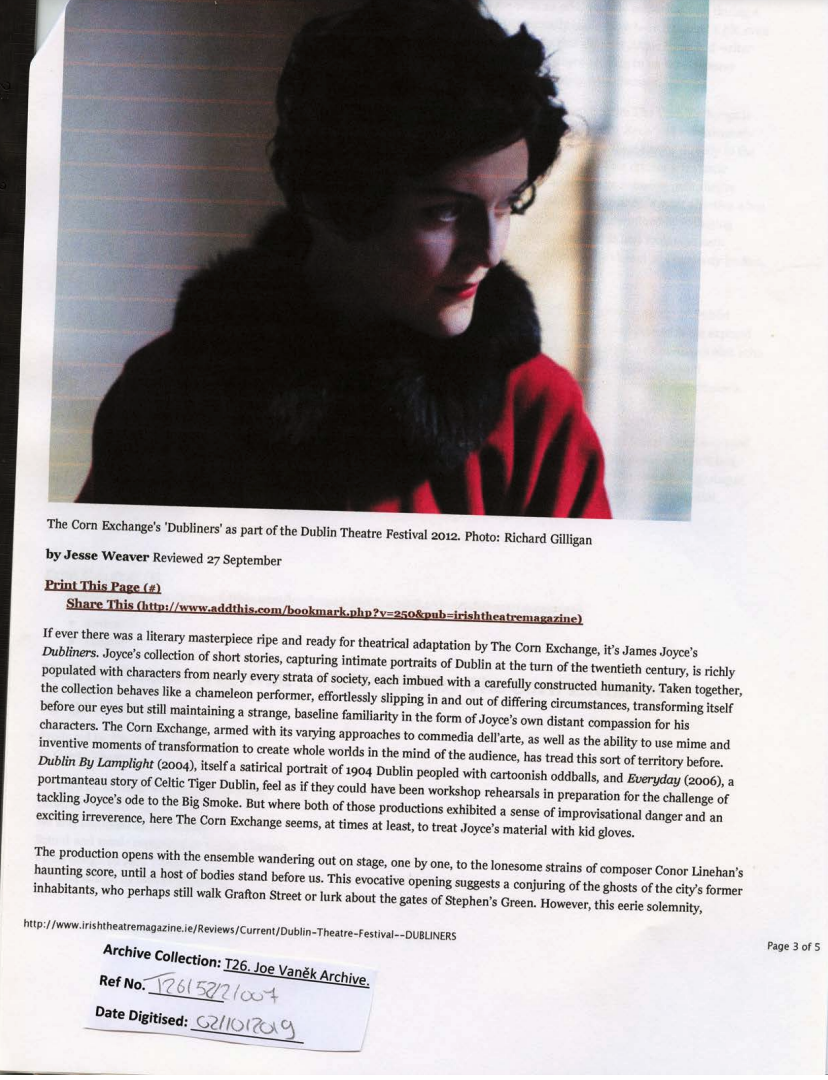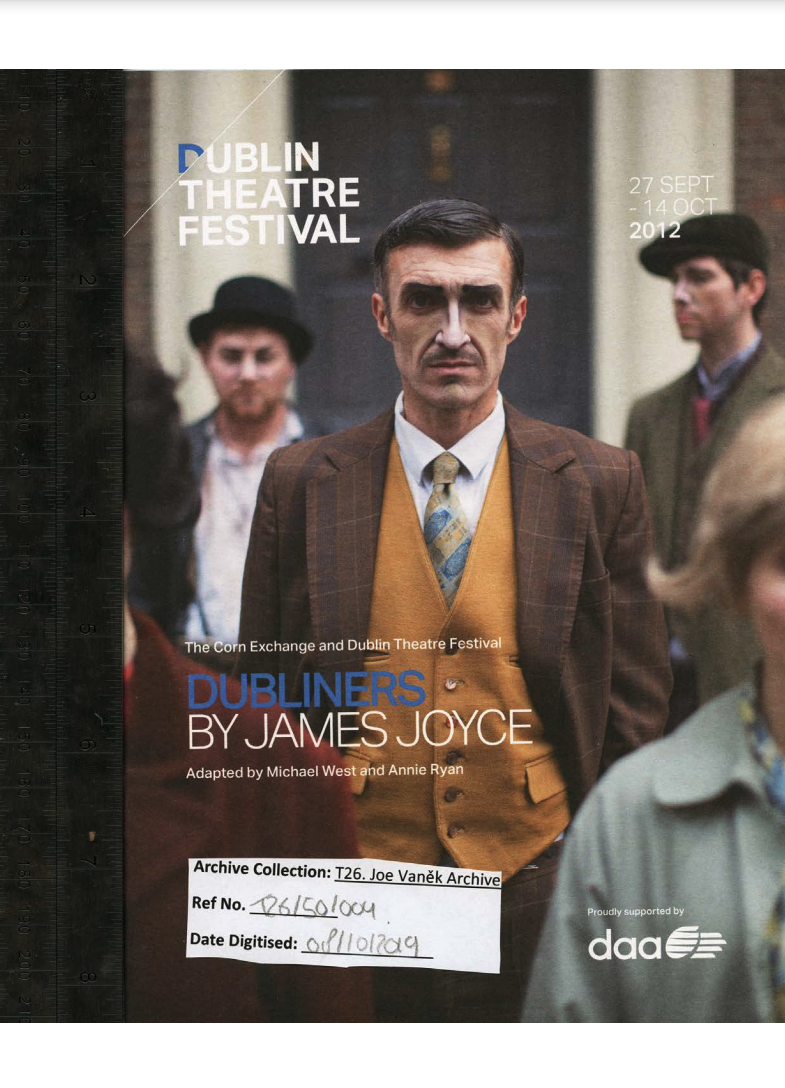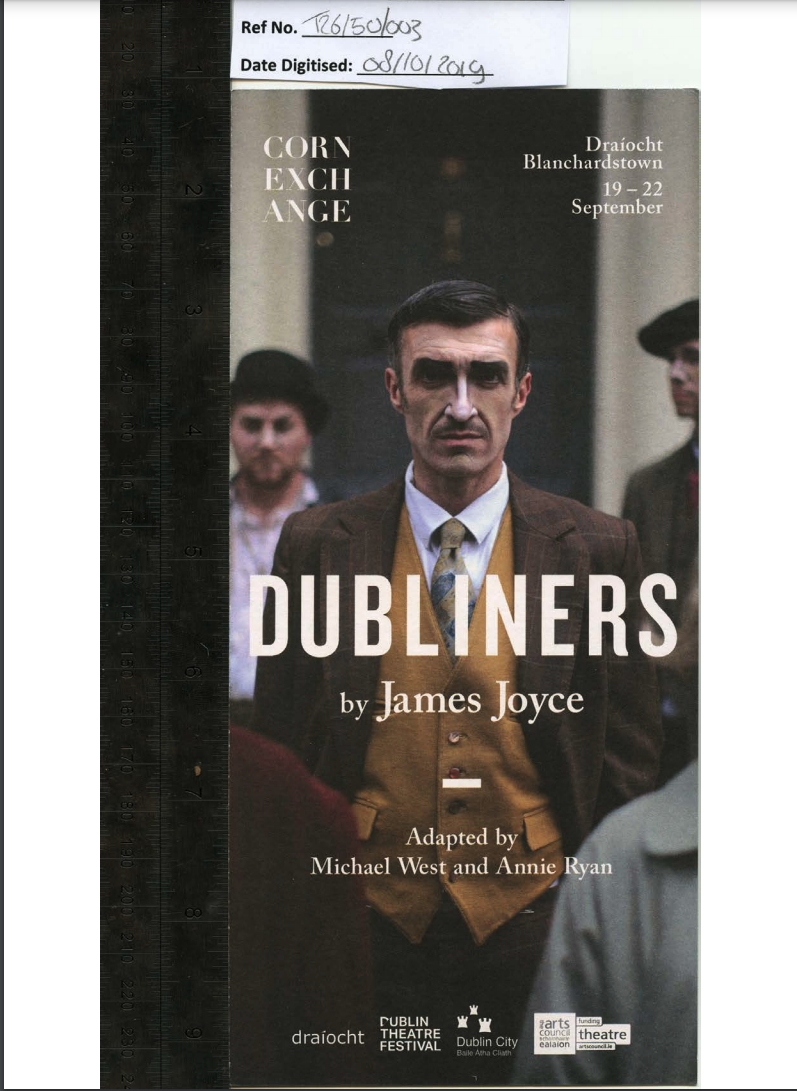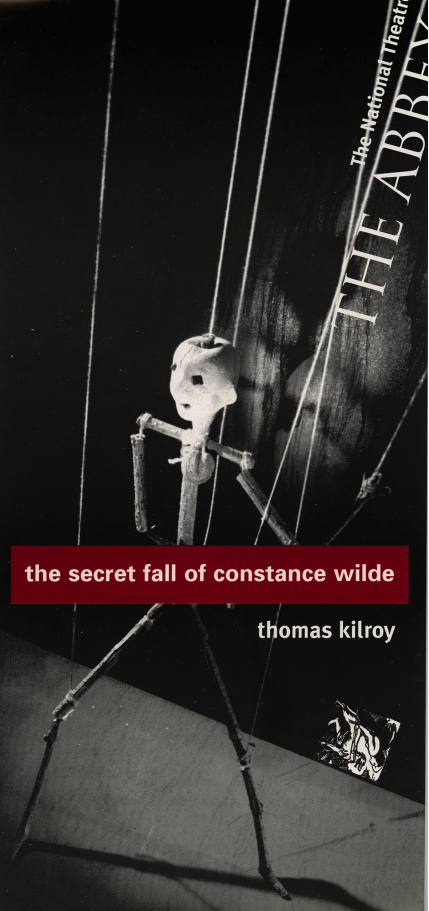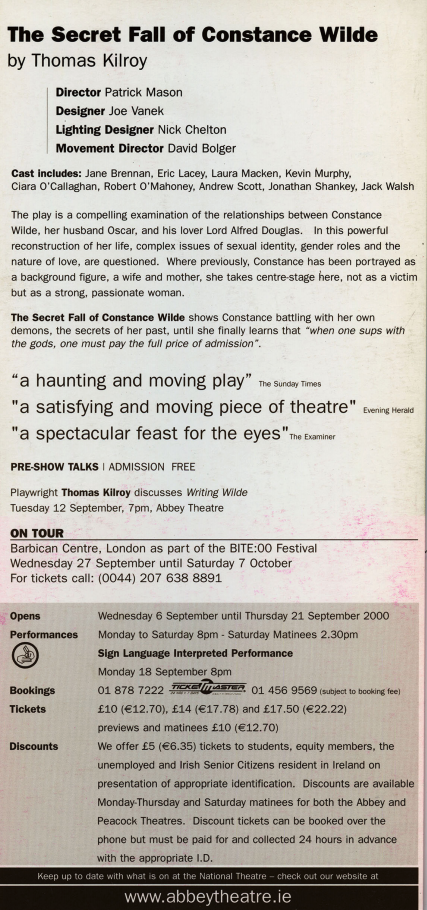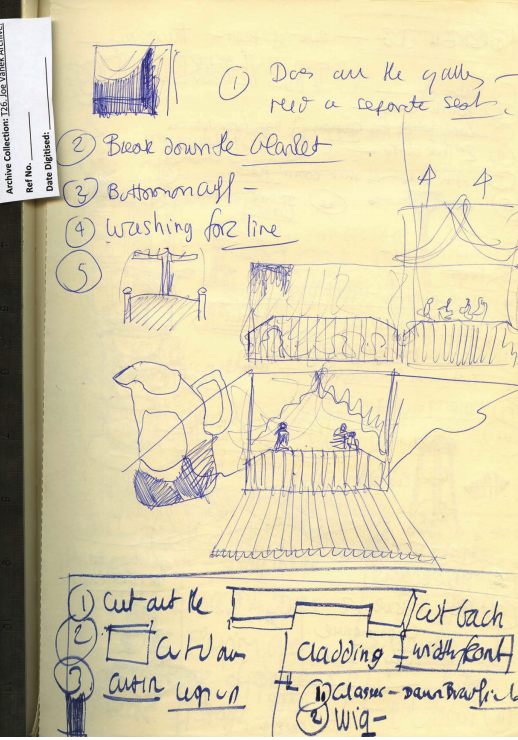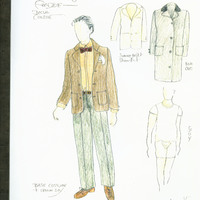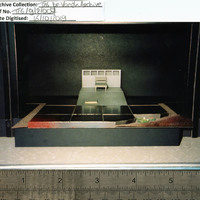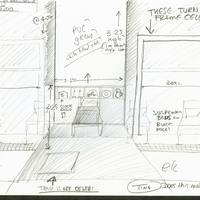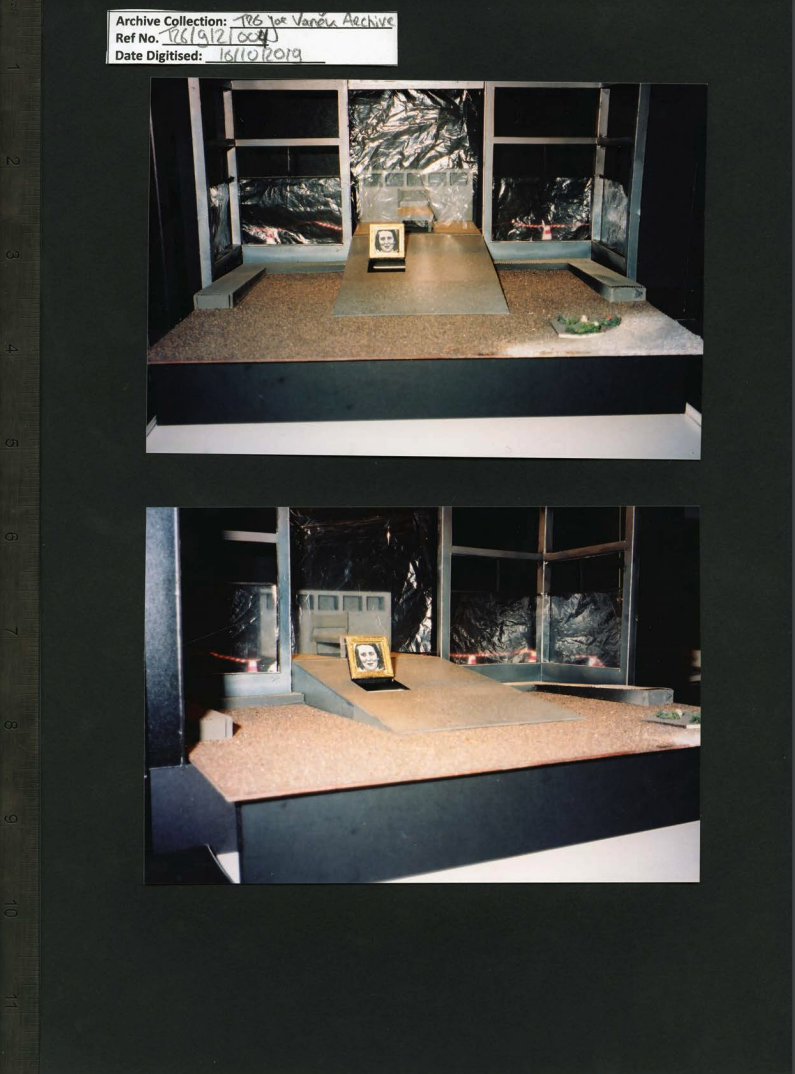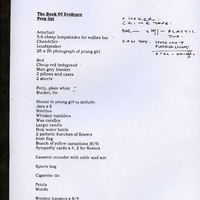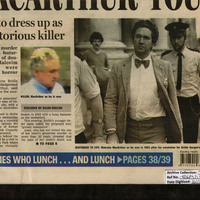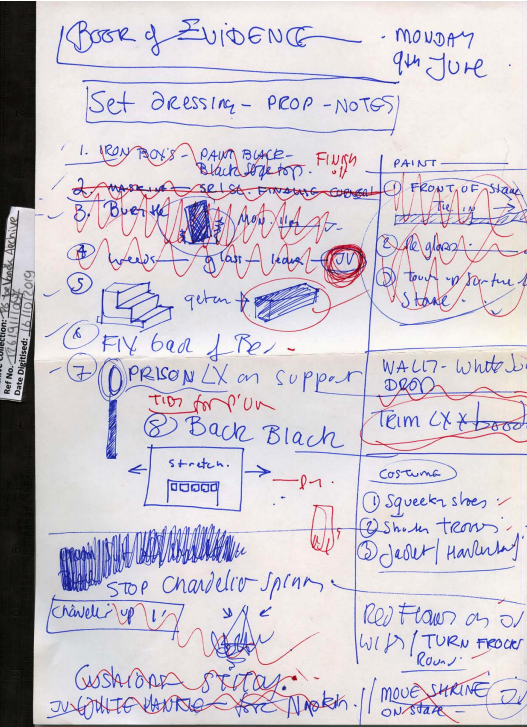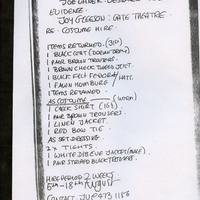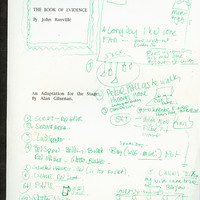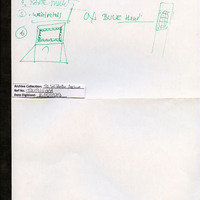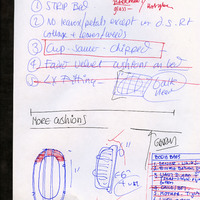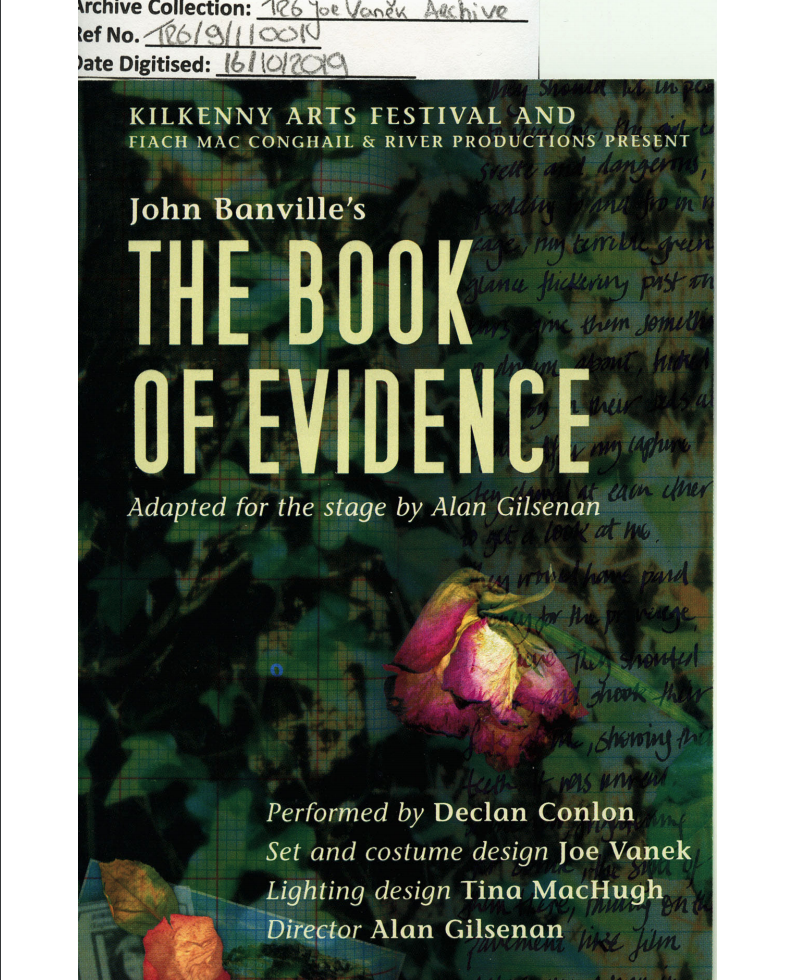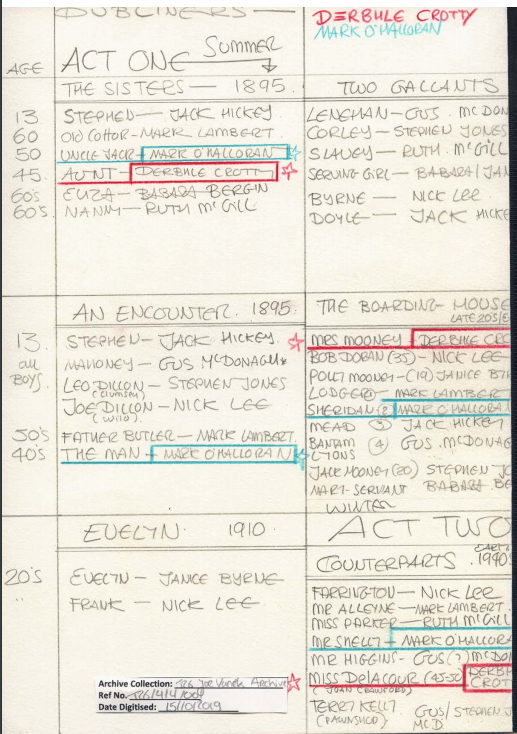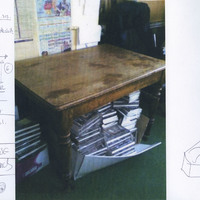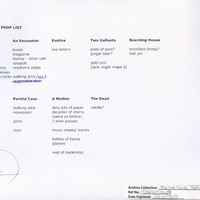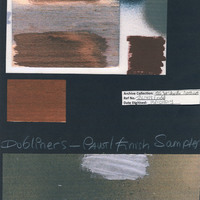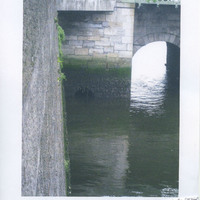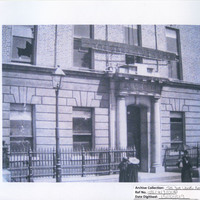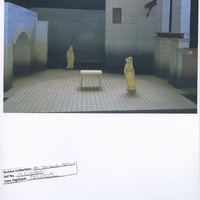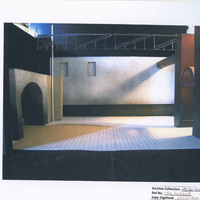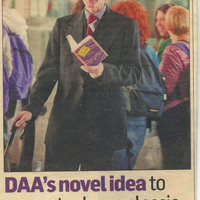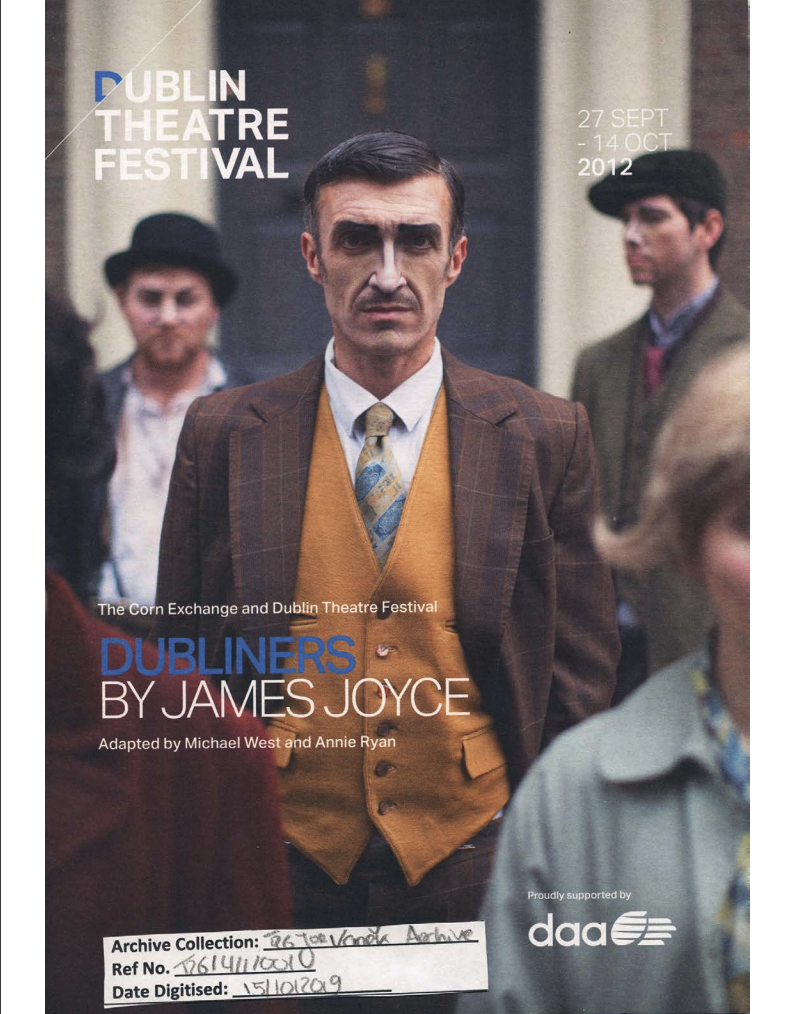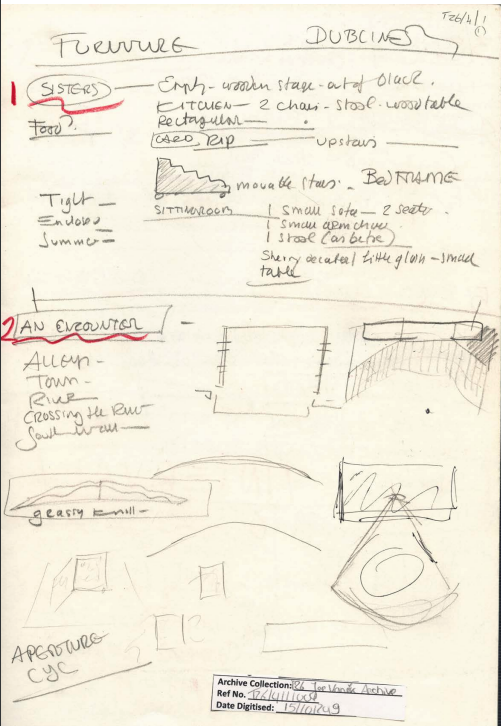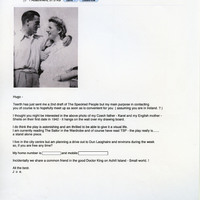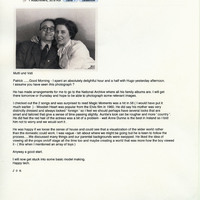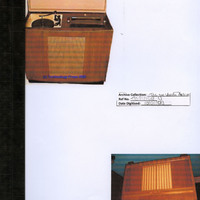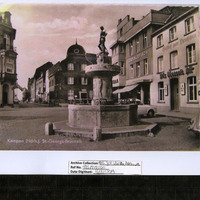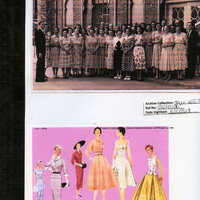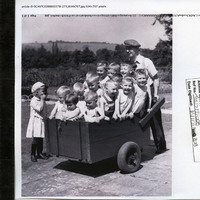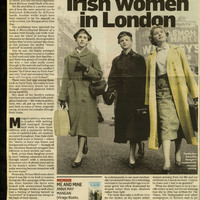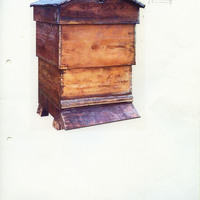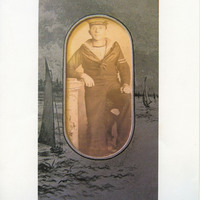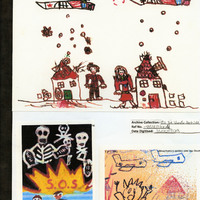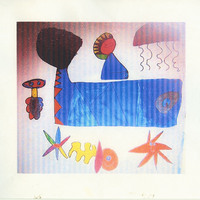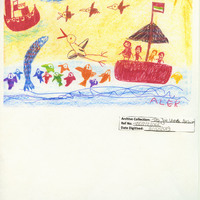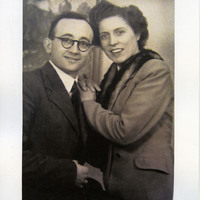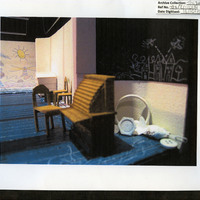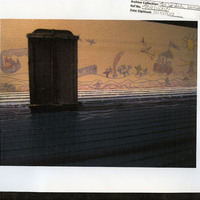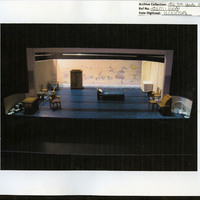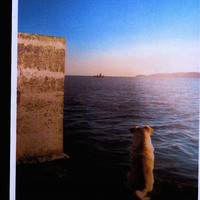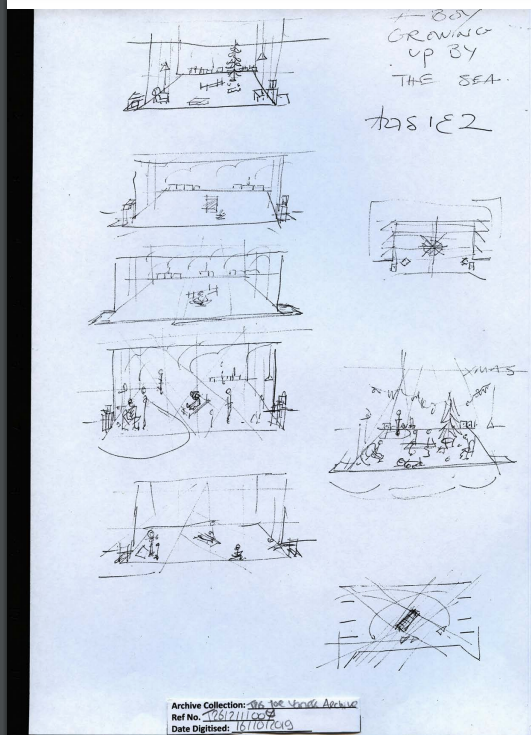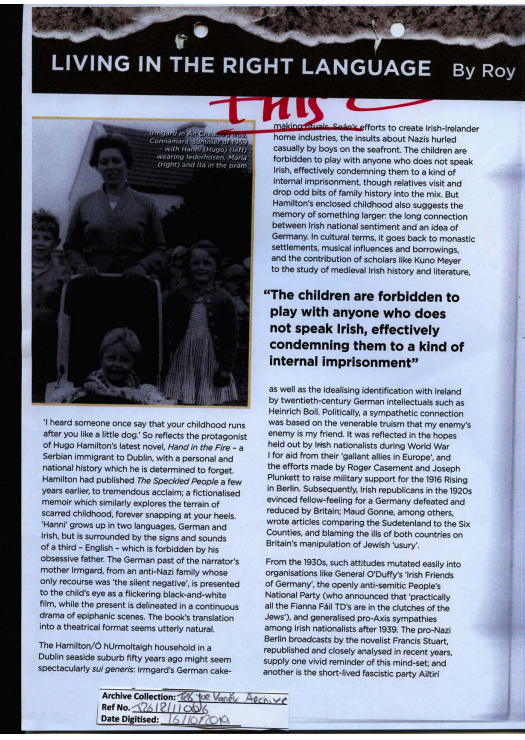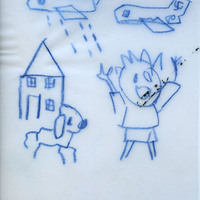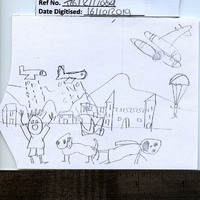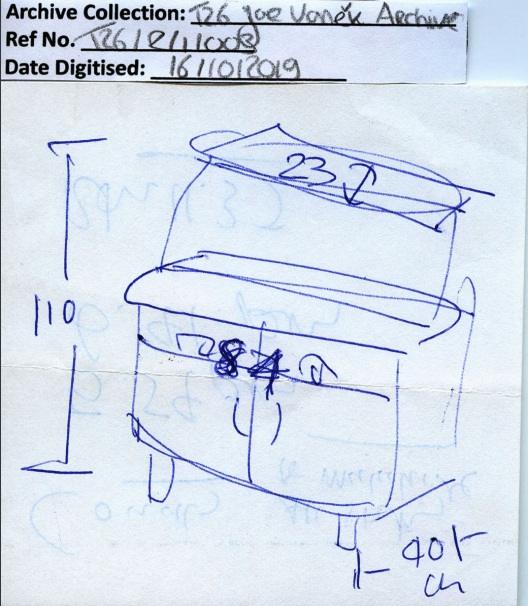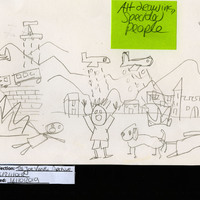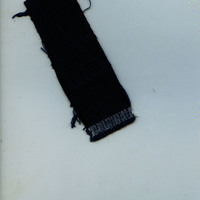Adaptation and Theatrical Form
In 1994, Vaněk worked with Ben Barnes again and they produced John Banville’s The Broken Jug at the Abbey Theatre. Kleist’s original script is set in rural community in early 19th century Germany, and gently mocks the failings of humanity and the judicial system. The play centres around a court case in which Ruprecht is accused of breaking Eve’s jug, which symbolises her chastity. The audience is made aware from the start, however, that judge Adam is the true culprit. The comedy relies on Adam’s increasingly futile effort to conceal his own guilt, and the exaggerated village stock characters. Banville relocates the story to a famine-stricken Irish village, and the play appears more seriously critical of the judicial system. It introduces, moreover, elements of nationality by juxtaposing the English authority figures to the Irish villagers. Vaněk highlighted these elements in his costume through his usage of red and green. He, moreover, underscored the comedic effect of the play by using too bright and farce-like costumes. These were then subjected to a special treatment to make them look used and dusty. Notes on the costume and set design can be found in the archive as well as a photograph from the production.
Patrick Mason and Vaněk also collaborated for the first production of The Secret Fall of Constance Wilde, which took place at the Abbey Theatre in 1997. Thomas Kilroy’s play imagines the hidden life of Constance Wilde (Jane Brennan) as she is confronted with her husband’s infidelity and, consequently, his trial. The family’s fall from grace is also mirrored by Constance’s real-life injury, which left her in unbearable pain and eventually led to her death. The story untangles the difficult relationships, sexual and not, between Constance, Oscar (Robert O’ Mahoney), and his lover (Andrew Scott) against the backdrop of dramatized transformations, masked figures, and puppets. These elements contribute to the highly symbolic atmosphere of the play and, as such, locate the action in a memory space rather than reality. Vaněk’s deceivingly simplistic and surreal set design highlight this feeling of impossible space. This is further augmented by the ‘faceless’ masked attendants and the blank puppets, designed and constructed by Joanne Cassidy, Helen McCusker, Paula Conroy and Ian Conroy. These elements seem to create a distance between the three characters and the outside world that watches and judges their every move. Even Constance and Oscar’s children, represented by puppets, become pawns in their parents’ game.
John Banville’s The Book of Evidence is based on another infamous court case: namely, the crimes and trial of Malcolm MacArthur. Banville’s fictionalisation of the highly publicised murder case shows Freddie (Declan Conlon), a stand-in for MacArthur, as he recounts his life story up until the arrest for the murder of a young girl. Freddie’s narrative gradually unravels and appears increasingly unreliable. In this way, the story address themes of guilt, responsibility, memory and absolute truth. Alan Gilsenan adapted the novel for the stage and directed it in 2002, while Vaněk provided the design. Vaněk’s costume design was heavily inspired by MacArthur’s eccentric tweed suits. References and notes referring to the conceptualisation of this costume as well as the final designs can be found in the archive. The set design showcases at once Freddie’s prison cell and a memorial, which has been erected for the victim. One of the first designs includes a picture of the victim, which could be revealed to the audience via a hidden panel in the stage floor. This can still be seen in the research notes as well as some of the theatre models that are displayed in the archive. The archive, moreover, includes extensive notes on the set design and references to the murder case, which inspired Banville’s novel.
In 2006, Michael Colgan and Vaněk collaborated on Hugo Hamilton’s The Speckled People for the Gate Theatre. Hamilton’s play is a dramatization of his own childhood, and the struggles he faced while growing up ‘speckled’: that is, growing up half-German and half-Irish. The Speckled People follows a young boy named Hanni (Tadgh Murphy), who is caught between his oppressive Irish father (Dennis Conway) and his kind-hearted but resilient German mother (Julika Jenkins). Since his father has forbidden him to speak anything but Irish and German, Hanni feels like an outsider in English-speaking Ireland and struggles to find where he belongs. His parents, moreover, are confronted by the national traumas in their own past and find it increasingly difficult to empathise with the other’s national experience. Hanni’s ‘speckledness’ and his parents’ conflicting points-of-view are represented by his costume, which consist of an Aran sweater and traditional German lederhosen. Vaněk’s drawings and research notes for this design can be found in the archive. The costumes for Hanni’s parents are inspired by the 1950s, and Vaněk used photographs from Hamilton’s personal archive as well as photographs of his own parents to conceptualise their look. Vaněk, being ‘speckled’ himself, did not only draw inspiration from his own life for the costume design, but also for the set: in particular, the heavy wardrobe which becomes a focal point of the stage. Vaněk’s sketches and research notes for the furniture and set design can be found in the archive. While the wardrobe and the desk are meant to look historically accurate, the stage’s backdrop relocates the playroom into a dreamscape. Vaněk used children’s drawings of the ocean, boats, and lighthouses for the backdrop as well as more violent drawings depicting warfare. According to Hamilton: “Joe Vaněk’s set design contains an unfixed lightness which perfectly matches the predicament of the boy’s inner world. It remains an imaginary space rather than a real one, a space in which the boy is confined inside the relationship of his own parents, by the rules of his father and the silent opposition of his mother. The stage is firmly located around that childhood dreaming, a playroom which extends across the whole world and included the entire trace of history inside its walls. It is ultimately a space in which the boy must imagine his own way out of the family nightmares.”
When Joyce’s work came into the public domain, Annie Ryan and Michael West adapted The Dubliners for the Corn Exchange and produced it at the Dublin Theatre Festival in 2012. The play starts with its ensemble entering the stage like ghosts that haunt the streets of Dublin. Using commedia dell’arte and mime, the actors transform and slip from one storyline into the next. Characters often turn to the audience as if they are simultaneously experiencing and recounting the action. The stage is made to look timeless, so the different historical events may appear in the same setting and, as such, Vaněk aimed to create a quintessential Dublin set. The archive contains a selection of the photographs that he took of Dublin architecture that inspired the final set design. According to Jessie Weaver in the Irish Theatre Magazine: “Joe Vaněk’s set suggests the incongruous nature of Dublin architecture, where arches and stone walls several hundred years old share space with the exposed concrete and metal superstructure of a modern building under construction. His costumes also echo the spanning of time periods, mixing Edwardian detail with hemlines and patterns recalling the forties or fifties.” The research notes, sketches and final designs for the costumes can be found in the archive as well.

